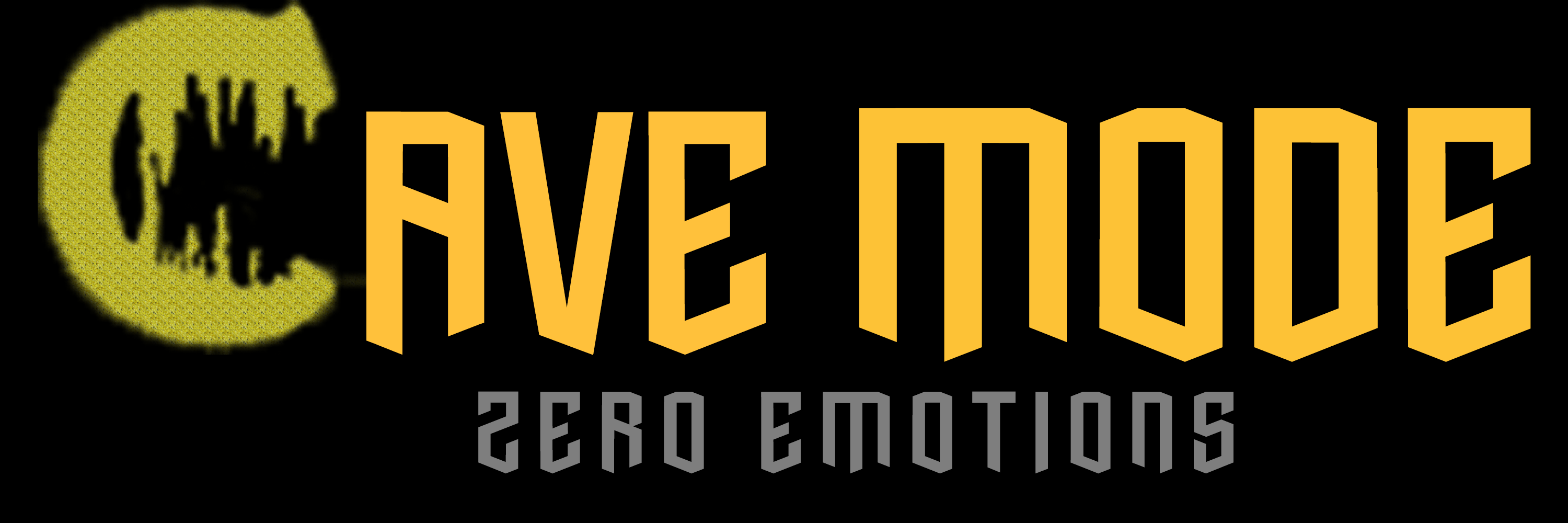In simple terms, subcutaneous fat on the abdomen is a fatty layer that you can touch. Also, subcutaneous fat may be present on the chest, arms and thighs. In turn, visceral fat lies inside the abdominal cavity – it will not work to probe it.
Since fast carbohydrates (against the background of a sedentary lifestyle) are the key reason for gaining subcutaneous fat, in order to get rid of it, first of all, you need to monitor proper nutrition. Physical exercise, although it plays a role, is only secondary.
Subcutaneous fat – how to get rid of?

In order to remove fat from the abdomen, first of all, you need to figure out why it appeared there. If a chronic excess of fatty foods against a sedentary lifestyle leads to the formation of intra-abdominal fat, then an excess of fast carbohydrates in the diet contributes to the formation of soft subcutaneous fat.
A successful strategy for dealing with belly fat is based not only on the rejection of foods with fast carbohydrates, but also on regular fat-burning workouts. In particular, long-term cardio and pumping the abdominal muscles with exercises will help to quickly remove the stomach.
Note that you can remove subcutaneous fat from the abdomen only after the total body weight returns to normal. People with obesity and a high body mass index first need to get rid of the big belly, and only then move on to training the abdominal muscles and core.
Why is subcutaneous fat dangerous?
From a medical point of view, the presence of even a significant amount of subcutaneous fat is not dangerous. Unlike the fat of the internal organs, which negatively affects metabolism (in particular, it produces the hormone leptin), subcutaneous fat on the abdomen is a purely aesthetic problem.
However, the slimmer a person becomes, the more his body prevents further fat burning. Leaving subcutaneous fat from the lower abdomen is especially difficult – often referred to as “hormonal” fat, as sex hormones are responsible for its formation.
Subcutaneous fat and nutrition
If you want to not only lose subcutaneous fat from the abdomen, but also maintain a toned athletic figure and sculpted abs for a long time, it is important to change your eating habits – otherwise you will quickly return to the starting point and “soft sides”, no matter how active your physical training is.
1. Limit sweets as much as possible

The problem of sweets is only partly due to excess calories. The more dangerous thing is that after a “light” snack with a small candy, the blood sugar level first rises, then drops, provoking an attack of hunger and even a breakdown – this makes you return to sweets again and again.
2. Eat more green vegetables

The fiber in vegetables lowers the glycemic index of the food you eat with them—in other words, carbs will release their energy more slowly, preventing blood sugar spikes and keeping you full longer.
3. Eliminate “liquid calories”

Sugary sodas, sugared teas, and even fruit juices instantly deposit empty calories on your stomach. Remember that a glass of orange juice contains 20 grams of sugar – almost 4 teaspoons. A small amount of fiber and vitamin C does not fundamentally change anything.
4. Don’t overeat at night

The body converts excess calories from your dinner into subcutaneous fat the fastest during sleep because the metabolism slows down, and the body enters energy conservation mode. Try to have a hearty breakfast and a full dinner, leaving only a light meal in the evening.
How to get rid of belly fat?

In order to get rid of belly fat, first of all, you need to monitor your carbohydrate intake. High insulin levels block the release of fat from fat cells, making it virtually impossible to burn fat reserves (i.e., free fatty acids) for energy.
In other words, long cardio workouts – at least 30-40 minutes – performed with low blood glucose levels are the best way to burn subcutaneous fat. It is necessary either not to eat anything 3-4 hours before training, or to train in the morning on an empty stomach.
If you have little internal fat, and the stomach is practically invisible under a T-shirt, then cardio in the fat-burning zone of the pulse leads to the “cleansing” of the blood from excess energy in the form of glucose and normalizes insulin levels. With a moderate decrease in calorie intake, this ensures the burning of subcutaneous fat.
Strength training and relief press
Strength training also helps burn belly fat. Since heavy physical exercises actively use glycogen reserves, the body gradually “gets used” to storing energy in the muscles’ energy depots, rather than in body fat.
In addition, multi-joint basic exercises with a barbell increase the level of fat-burning hormones – as a result, the body not only learns to store energy differently but also gradually gets rid of subcutaneous fat reserves. However, unfortunately, it is almost impossible to build muscle and lose weight at the same time.
Workouts to burn fat fast
People often believe that the faster the reserves of subcutaneous fat decrease, the more active the training is. However, this is not quite true. First, the body uses up carbohydrate stores in the form of glycogen and only then moves on to fat. When there is an excess of glycogen, the fat does not even begin to be burned.
That is why an effective fat-burning workout should include both cardio and various physical exercises. If you want to lose subcutaneous fat from the abdomen, first pump the press, and only then move on to workouts for burning fat.
Subcutaneous fat on the abdomen accumulates primarily due to dietary errors and excessive consumption of carbohydrates – in order to remove this fat, you must first review your diet. At the same time, fat-burning workouts (both cardio and strength) can become only an additional, and not at all the main, tool for losing weight.

